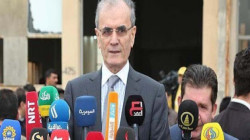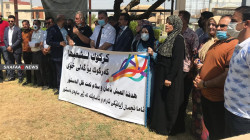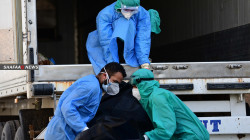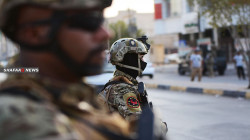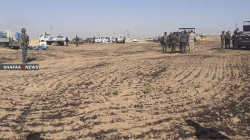Kirkuk celebrates 126 years of Kurdish Press
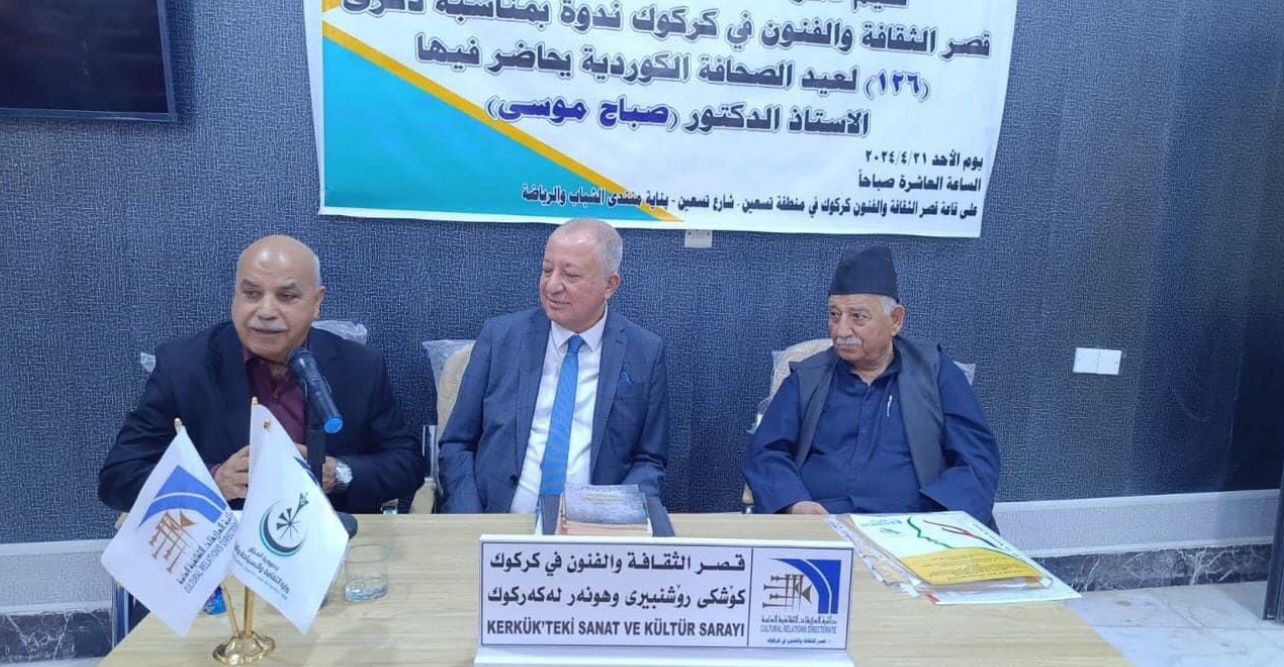
Shafaq News/The Kirkuk Culture and Arts Palace, under the auspices of the Iraqi Ministry of Culture, commemorated the 126th anniversary of Kurdish Press Day with a seminar on Sunday.
"To mark the 126th anniversary of the Kurdish press, the Kirkuk Culture and Arts Palace hosted a seminar led by Dr. Sabah Mousa," Yousif Taib, the Director of the Palace, said in a statement. "The discussions centered on the historical significance of 'Kurdistan Newspaper,' the first Kurdish publication, established in Cairo on April 22, 1898, by Prince Maqdad Midhat Bedir Khan."
Initially published solely in Kurdish, the newspaper later incorporated Turkish, becoming a cornerstone of Kurdish journalism. Dr. Mousa, a scholar of Kurdish history and culture, said the publication's role was a turning point for the Kurds. "Kurdistan Newspaper provided a platform for cultural expression, intellectual enlightenment, and a powerful voice," Taib explained, summarizing Dr. Mousa's talk. "It marked the beginning of the Kurdish struggle for recognition on intellectual, cultural, and journalistic fronts."
The seminar delved into the publication history of the newspaper, which continued for four years until 1902, producing 31 issues.
Following the closure of "Kurdistan Newspaper," a wave of new Kurdish publications emerged. The audience learned about the short-lived "Roji Kurd" (Kurdish Day) magazine launched in Istanbul in 1913, which ceased publication after only four issues. The discussion also covered the "Bangî Kurd" (Kurdish Call) magazine, which debuted in Baghdad in 1913, publishing five issues in both Kurdish and Turkish.
Dr. Mousa elaborated on the significance of the "Tîgeştni Rastî" (Understanding the Truth) newspaper, which appeared in Baghdad in 1918. Published bi-weekly, it produced 67 issues before its closure. The seminar also explored the "Al-Hayat" (Life) newspaper, which followed after World War I. Published in Kurdish and Turkish for a single year, it produced 25 issues under the ownership of Mamduh Salim.
Following 1920, the Kurdish press landscape flourished with the emergence of several influential titles. The seminar highlighted "Pêşketên" (Progress) which published 118 issues, alongside publications like "Bangî Kurdistan" (Kurdish Call), "Roji Kurdistan" (Kurdish Sun), "Bangî Haq" (Call of Truth), and "Ûmîdî Ëstiqla" (Hope of Independence).
The event also shed light on "Ronahi" (The Light), the first newspaper published in Erbil in 1935. A weekly publication, it lasted a year and produced 11 issues. The 1940s witnessed the launch of "Al-Sharara" (The Spark) newspaper, among others.
On the post-1991 era, he shed light on the circumstances of the enactment of the Press and Freedom of Expression Law in the Kurdistan Region, which is believed to "have impacted the media landscape, paving the way for the publication of dozens of newspapers and magazines." This development, according to Taib, solidified "the Kurdistan Region's role as an integral part of Iraqi journalistic history."
"Following the presentation, the audience actively participated in the discussion, sharing valuable insights and information related to the topic. In closing remarks, Taib presented a certificate of appreciation to Dr. Sabah Mousa in recognition of his contribution to the seminar," the statement concluded.
